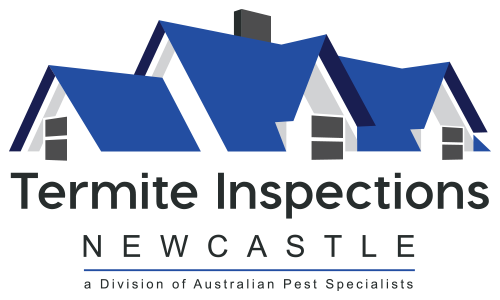If you are worried that termites may be in your home, here is a few key factors to look out for:
1. On hot days especially late on a summer evening you may see a temporary swarm of winged insects in your home or from the soil around your home.
At first glance they look like flying ants with wings but these can actually be swarming termites in a colonising flight.
Swarms as seen in the photograph below are provoked by heavy rainfall and warm, humid temperatures.
Swarms occur when established colonies produce winged male and female termites in order to reproduce.
After these mating flights, fertilised termites shed their wings and go on to establish new colonies. Termites seen flying in a home are indicative of a mature colony.
2. Look out for any changes to the walls in your home any Bubbles in the paint work ,cracking in the paint works , or brown mudding or frass which is termite droppings (a gritty feeling dust).
Mud Tubes running up the walls either inside or outside as seen in the photograph below
Subterranean termites leave no exit holes. Instead, homeowners should seek signs of mud tunnels near the structure’s foundation. As seen in the photograph below, mud tunnels can also be seen in timber,along skirting boards,around power points,around the concrete slab edge etc.
These tunnels are constructed of mud, faeces and saliva and are used to protect worker termites as they journey above-ground for food.
3. Any wood that is soft and spongy or sounds hollow when tapped.
4. Lights flickering ,or power points that have stopped working as termites are attracted to power points and often home owners are first aware of termites when power is disturbed as they have affected the power supply to a point.
5. Some home owners have even said that they have heard termites in a wall making noises late in the still of the evening.Termites can be heard chewing timber or moving behind the wall linings in the wall cavities.
6. Other signs of termite a possible termite infestation include piles of wood dust or plaster bubbles, apparent water damage in areas with no leaks or pipes, sagging floors or ceilings .Brown staining as seen in photographs in my photo gallery .
A professional thorough inspection by a licensed accredited termite inspector is the best way to make sure that your home is safe from termites, follow all their recommendations including conducive areas which left unattended will lead to problems in the future. An inspection will take between 2 and 3 hours and should be present in a typed format of between 12-17 pages.
